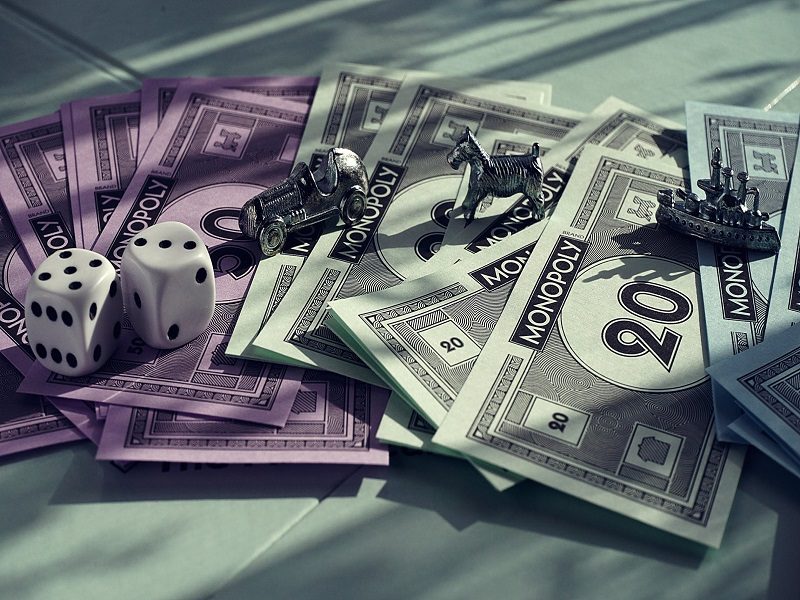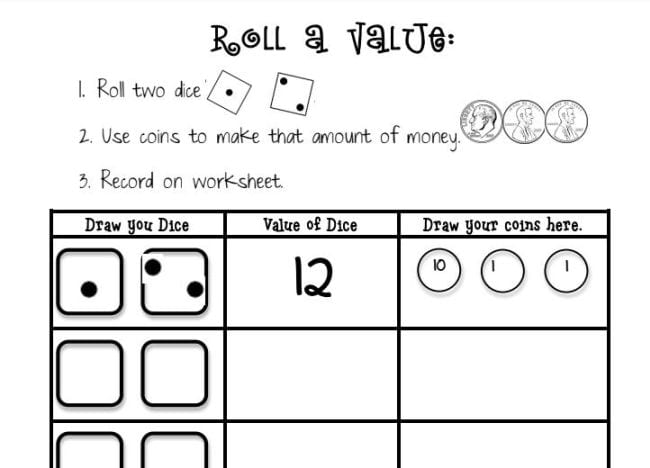7 11 Dice Game For Money
) is a drinking game played with two dice. The game can be played with as few as two people, but is usually played in a group of five or more. The object of the games is to roll a 7, 11 or any double. The players place a glass of alcohol in the middle of the table. The first player throws the dice. If they roll a 7, an 11 or a double, the roller chooses a player to drink. Coins game is a money game which introduces children to coinage in British, Australian, American and Euro currencies. There are three modes: Sorting, Ordering and Counting money. Excellent in full-screen mode on an interactive whiteboard.
In front of you are two fair dice.
One is a 7-sided dice with faces -3, -2, -1, 0, 1, 2, 3.
The other is an 11-sided dice with faces -5, -4, -3, -2, -1, 0, 1, 2, 3, 4, 5.
You pick a dice, and I will get the other one. We will roll together, and the person with the larger number wins. If the two dice show the same number, we roll again until someone wins.
Which dice should you pick, if you want to maximize your chance of winning?
Bonus: solve the game for the generalized case: one dice has integer sides from –n to n and the other dice has integer sides from –m to m, where n < m.
Watch the video for a solution.
Or keep reading.
.
.
'All will be well if you use your mind for your decisions, and mind only your decisions.' Since 2007, I have devoted my life to sharing the joy of game theory and mathematics. MindYourDecisions now has over 1,000 free articles with no ads thanks to community support! Help out and get early access to posts with a pledge on Patreon.
..
7 11 Dice Game For Money Game
..
.
.
M
I
N
D
.
Y
O
U
R
.
D
E
C
I
7 11 Dice Game For Money To Play
SI
O
 N
NS
.
P
U
Z
Z
L
E
.
.

.
.
Answer To 7 Vs 11 Sided Dice Game Riddle: Who Wins?
(Pretty much all posts are transcribed quickly after I make the videos for them–please let me know if there are any typos/errors and I will correct them, thanks).
I saw this puzzle at Puzzling StackExchange and the answer initially surprised me until I read the excellent solution from hexomino.
First let’s solve the 7 vs 11 case directly. There are 7 equally likely ways to roll the 7 sided dice, and 11 equally likely ways to roll the 11 sided dice, for a total of 7 x 11 = 77 equally likely events.
We can visualize the sample space as an ordered pair (i, j) for rolling (7 sided dice, 11 sided dice).
There are 7 possible ways both dice show the same number:
(-3, -3), (-2, -2), (-1, -1), (0, 0), (1, 1), (2, 2), (3, 3)
For any other roll, the game ends with a win for some player. Thus there are 77 – 7 = 70 equally likely rolls in which the game ends.
Lucky 7 Dice Game
Out of these, exactly 35 will be a win for the person rolling the 7-sided dice, which we can enumerate:
(-3, -5), (-3, -4)
(-2, -5), (-2, -4), (-2, -3)
(-1, -5), (-1, -4), (-1, -3), (-1, -2)
(0, -5), (0, -4), (0, -3), (0, -2), (0, -1)
(1, -5), (1, -4), (1, -3), (1, -2), (1, -1), (1, 0)
(2, -5), (2, -4), (2, -3), (2, -2), (2, -1), (2, 0), (2, 1)
(3, -5), (3, -4), (3, -3), (3, -2), (3, -1), (3, 0), (3, 1), (3, 2)
We can also use a table to represent the outcomes:
So the 7-sided dice wins with a 35/70 = 50 percent probability. And since the other game-ending outcomes are a win for the other dice, this means the 11-sided dice also wins with a 35/70 = 50 percent probability.
In other words, it doesn’t matter which dice you pick: the game is fair! There is a 50 percent chance of either player winning, and this is true even for the general case of an n dice versus an m dice for n < m.
General proof
There’s a neat trick to see why each dice has the same chance of winning.
Consider the roll (i, j) = (player 1 rolls n dice, player 2 rolls the m dice).
Player 1 wins if and only if i > j.
But for every such winning pair, there will also be a roll (-i, –j) because if a dice has a face labeled x it also has the face labeled –x. And this roll is a win for player 2 since i > j implies –i < –j.
And we can make the same argument for player 2 as well! Player 2 wins on a roll (i, j) if and only if i < j. But for every such winning pair, we can find the paired outcome (-i, –j) which is a win for player 1.
Thus, the mapping (i, j) to (-i, –j) is a bijection between the winning rolls between the two players. Player 1 and 2 have exactly the same number of winning outcomes, and the game ends in a win for some player, implying each person has a 50 percent chance of winning.
The game is fair, and it doesn’t matter which dice you pick, even in the general case!

Source
Dice Games For Real Money
Problem adapted from Puzzling StackExchange. Post by athin, 11 sided vs 41 sided dice. Solution from hexomino.
https://puzzling.stackexchange.com/questions/77557/a-short-dice-puzzle